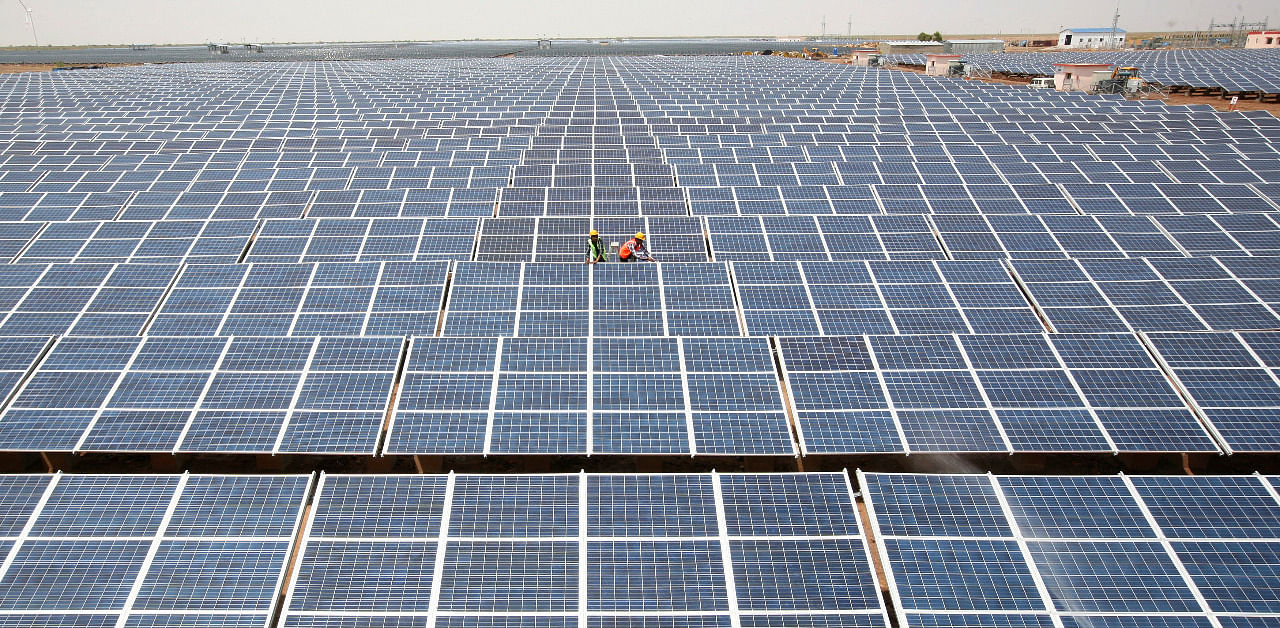
If everything goes according to plan, from March 2021 Hubballi Domestic Airport will be ‘footing’ the electric bills of airports managed by Airports Authority of India (AAI) in Karnataka (except Bengaluru and Mangaluru international airports).
According to Hubballi Airport Director Pramod Kumar Thakre, by March 2021, the city's airport is expected to generate 140 lakh units of electricity through its eight-megawatt ground-mounted grid-connected photovoltaic(PV) solar plant that is being installed here. The power thus generated by photovoltaic solar panels will be fed to the high-tension grid of Karnataka Power Transmission Corporation Limited on drive wheel system and take credit in the electricity bill of all airports in Karnataka managed by AAI. Once completely implemented, the airport’s dependence on external power supply will be reduced by at least 85% annually.
As of now, the total power consumption of airports in Karnataka (Belagavi, Kalaburagi, Mysuru, and HAL Airport in Bengaluru) is around 132 lakh units per year, whereas the Hubballi Airport will be generating 140 lakh units.
Works in full swing
Madhav Infra Private Limited, a Gujarat-based company has been executing the project at an estimated cost of Rs 64 crore. Works such as laying cables, setting up transformers, and other civil works have been completed, while the remaining work is expected to completed by March-end or early April, said Thakre.
The entire project is being implemented on the 38 acres of the airport land. More than 22,500 solar panels will be installed on 24 acres of land in such a way that the PV solar system gets the maximum amount of solar radiation available each day throughout the year based on orientation and tilting of modules, thus avoiding shading, he said and added that in order to achieve a higher system voltage, modules are installed in a row arrangement, called a string. A higher system voltage has the advantage of lesser installation work, higher efficiency of the entire plant and usage of smaller cross section cables.
The project is being implemented as part of the Union government’s proposed plan of increased use of green and renewable sources of energy.